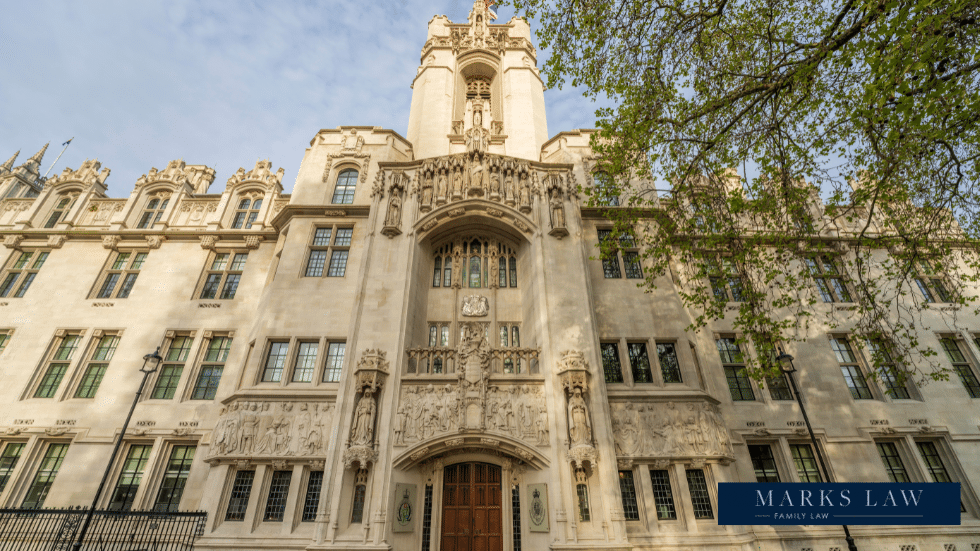The basic aim of the law when sharing assets between the parties on divorce is to achieve fairness.
Fairness dictates that only assets that are ‘matrimonial’ in nature should be shared, as it is not considered to be fair to share assets that have no connection to the marriage.
Accordingly, courts have drawn a distinction between ‘matrimonial property’ and ‘non-matrimonial property’. ‘Matrimonial property’ is property that was acquired during the marriage, through the joint efforts of the parties to the marriage. Thus property that was acquired by one party before the marriage, or after the parties separated, is ‘non-matrimonial’, as is property that was not acquired through the joint efforts of the parties, such as gifts to one party or inheritances received by one party.
There are two exceptions to this rule that only matrimonial property is to be shared. Non-matrimonial property may be awarded to the spouse to whom it does not belong in order to meet that spouse’s needs, or to compensate that spouse for any financial disadvantage they have suffered as a result of the marriage, for example by giving up a career to bring up the family.
All reasonably straightforward then: unless one of those exceptions applies, the matrimonial assets are shared between the parties. The proportions in which they are shared will depend upon the circumstances, but as a general rule they will be shared equally, unless there is a good reason why one party should receive more, for example if their needs are greater (this is known as “the sharing principle”).
“Matrimonialisation” of assets
But there is one complication regarding non-matrimonial property: courts have also stated that it can become matrimonial property during the course of the marriage, a process referred to as “matrimonialisation”. And matrimonialisation was the central issue in a recent case that went before the Supreme Court.
The case was Standish v Standish, which concerned a husband’s financial remedies application.
The relevant facts of the case may be briefly stated, as follows.
The parties began living together in 2004, were married the following year, and had two children together.
The husband had a very successful career in the financial services industry, through which he acquired very considerable wealth, prior to the parties living together. He retired in October 2007.
In 2017 the husband transferred a portfolio of investments (“the 2017 Assets”) from his sole name into his wife’s sole name, as part of a tax planning scheme. His intention was for the wife to place the 2017 Assets in trusts for the children, thereby negating inheritance tax. However, the wife did not set up the trusts, and continued to hold the 2017 Assets in her sole name. By the time of the original trial in 2022 the 2017 Assets were worth approximately £80 million.
The marriage broke down in 2020, divorce proceedings took place, and the husband issued his financial remedies application.
The trial judge held that, prior to the transfer, the 2017 Assets had been non-matrimonial property. However, by virtue of the transfer, they became matrimonial property, meaning that they should be shared between the parties.
The total matrimonial property, including the £80 million, amounted to some £112.6 million. However, the judge found that the source of the funds remained a significant feature, so that the appropriate division of the matrimonial property was not 50% to each spouse, but rather 40% to the wife and 60% to the husband. The judge rounded the wife’s share down to £45 million.
The husband appealed to the Court of Appeal, which decided that only 25% of the 2017 Assets was matrimonial property. Accordingly, the husband was entitled to 75% of the 2017 Assets, plus half of 25% of those Assets. The result of this was to reduce the wife’s share to £25 million, which is believed to be the biggest reduction of a matrimonial award ever ordered by the English courts.
The wife appealed, to the Supreme Court.
Supreme Court guidance
The Supreme Court stated that in deciding whether non-matrimonial property had been “matrimonialised”, what was important was to consider how the parties had been dealing with the property, and whether this showed that, over time, they had been treating the asset as shared between them.
Further, the Supreme Court stated that a transfer of an asset between spouses in a scheme designed to save tax will not normally show that the asset is being treated as shared between the spouses.
Applying those principles to this case, there was nothing to show that, over time, the parties were treating the 2017 Assets as shared between them, and the intention of the transfer was to save tax, for the ultimate benefit of the children, not for the benefit of the wife. Therefore, the 75% of the 2017 Assets that was non-matrimonial property had not been matrimonialised.
Accordingly, the Supreme Court dismissed the wife’s appeal, and upheld the decision of the Court of Appeal.
The Supreme Court’s judgment clarifies what assets should be shared on divorce, in three important ways. Firstly, it confirms that the sharing principle only applies to matrimonial property. Secondly, it confirms that non-matrimonial assets may be ‘matrimonialised’, and thirdly, it explains what underpins ‘matrimonialisation’.
It is to be hoped that this guidance will make it clearer how the court is likely to approach sharing of property, and therefore help more couples to resolve property disputes by agreement.

